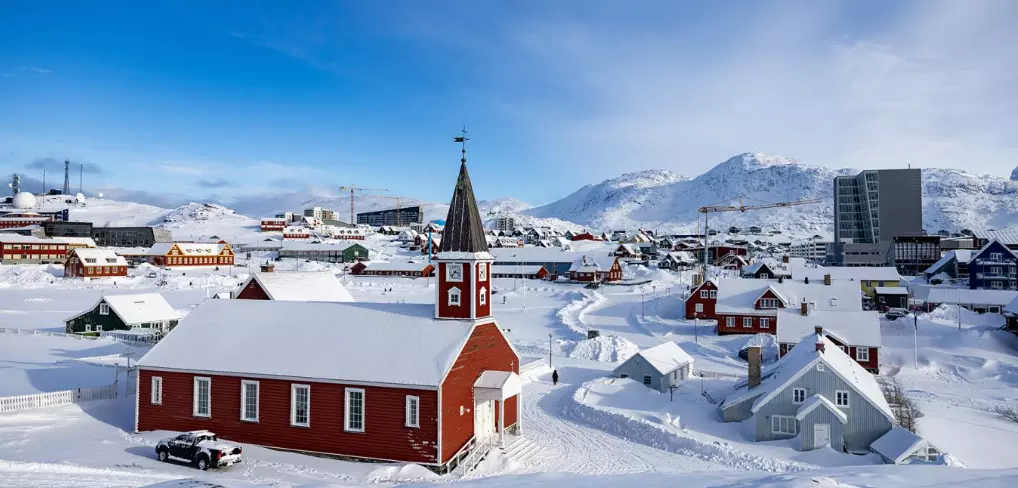Greenland votes in a historic election amid Trump’s interest and Independence debate
Greenland votes in a historic election amid Trump’s interest and Independence debate

Residents of Greenland are casting their votes in an election that could shape the future of the Arctic territory. While past elections have largely remained unnoticed internationally, this time, all eyes are on Greenland—thanks in part to former U.S. President Donald Trump's renewed interest in acquiring the territory.
A Shift in the Spotlight
Greenland has been under Danish control for nearly 300 years, governing its own domestic affairs while Copenhagen oversees foreign and defense policies. However, the push for full independence has gained momentum, with five out of six political parties supporting it, differing only on the timeline.
The election spans 72 polling stations and runs for 11 hours, concluding at 20:00 local time (22:00 GMT) on Tuesday.
Trump’s Influence on the Debate
Trump first expressed interest in purchasing Greenland in 2019, a notion that was swiftly rejected by both Greenland and Denmark. Since regaining office in January, he has reiterated this ambition, stating before Congress, “We need Greenland for national security. One way or another, we’re going to get it.” His remarks were met with applause from some U.S. lawmakers, including Vice President JD Vance.
However, in Nuuk, Greenland’s capital, his words sparked outrage. Prime Minister Mute Egede responded, “We deserve to be treated with respect, and I don’t think the American president has done that.”
Trump’s stance has intensified calls for Greenlandic independence, shifting the focus of the election to the issue of sovereignty rather than domestic concerns like healthcare and elder care.
The Political Landscape
Egede’s party, Inuit Ataqatigiit (IA), advocates for a gradual transition toward independence, emphasizing economic stability. His firm stance against Trump and Denmark’s colonial legacy has bolstered his support.
Meanwhile, the opposition party Naleraq is pushing for an immediate split from Denmark and seeks closer defense ties with the U.S. Party leader Pele Broberg has suggested that Greenland could be independent in just three years, drawing parallels to Brexit.
On the other hand, the center-right Demokraatit party warns that independence is premature, citing economic concerns. Greenland’s economy relies heavily on fishing and annual subsidies from Denmark.
The Future of Greenland
Public opinion is mixed—while nearly 80% of Greenlanders support future independence, a significant number worry about economic consequences. One survey found that 85% oppose becoming part of the U.S., and nearly half view Trump’s interest as a threat.
“There’s a fear that Greenland could leave Denmark only to have another country take over,” said journalist Masaana Egede.
Although Greenland has the legal right to self-determination under the 2009 Self-Rule Act, full independence would require negotiations with Denmark and a referendum. Experts estimate the process could take at least 10 to 15 years.
With results expected early Wednesday, this election could mark a turning point for Greenland’s future—whether that means staying with Denmark, moving towards full sovereignty, or navigating the geopolitical tensions stirred by Trump’s ambitions.

